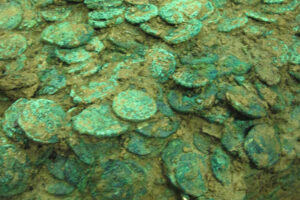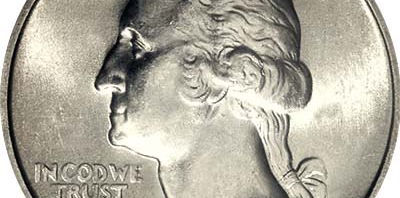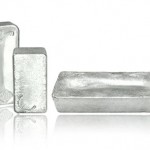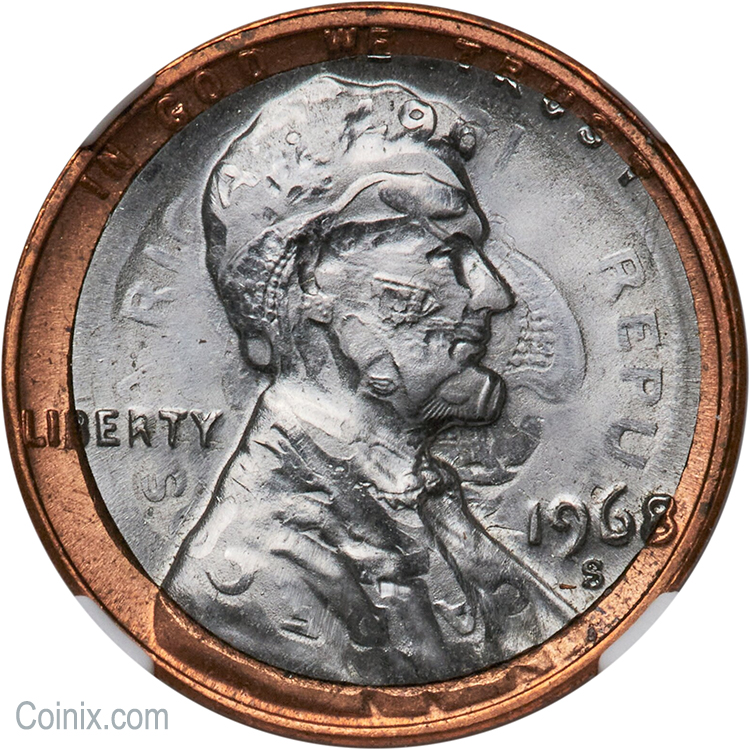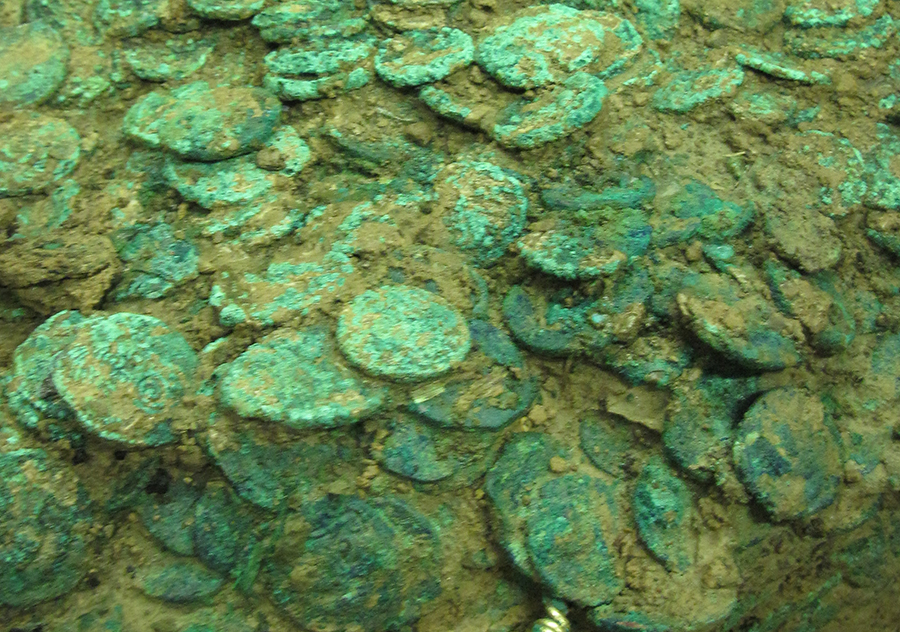The Coinage Act of 1965 marked a pivotal moment in the history of American currency, transforming the composition of coins and redefining the nation’s monetary landscape. As the United States faced a growing silver shortage, this crucial piece of legislation addressed the need for a cost-effective and sustainable solution for coin production. In this blog post, we’ll delve into the reasons behind the Coinage Act of 1965 and its long-lasting impact on the American economy and coinage.

The Silver Crisis and the Need for Change
In the early 1960s, the United States found itself in the midst of a silver shortage. The demand for silver had been steadily increasing, driven by factors such as industrial applications, photography, and coin production. Consequently, the price of silver began to rise, making it increasingly costly for the US Mint to produce silver coins.
As the value of silver in coins began to surpass their face value, the public started hoarding them, further exacerbating the shortage. Additionally, rising silver prices disrupted the nation’s monetary system, as people were incentivized to melt coins for their silver content. To address these issues, the US government sought an alternative solution that would provide a more stable and affordable coinage.
The Coinage Act of 1965: Key Provisions and Changes
Signed into law by President Lyndon B. Johnson on July 23, 1965, the Coinage Act brought about several critical changes to the US coinage system:
- Elimination of Silver: The Act eliminated silver from dimes and quarters, replacing it with a copper-nickel clad composition (75% copper and 25% nickel). This change reduced the production costs associated with these coins and made them less susceptible to hoarding and melting.
- Reduction of Silver in Half Dollars: The Act also reduced the silver content of half dollars from 90% to 40%, further alleviating pressure on the nation’s silver reserves.
- Authorization of Paper Currency: To facilitate the transition and maintain the supply of small-denomination currency, the Act authorized the issuance of $1 and $2 denominations of paper currency.
- Mintmarks Removal: To discourage coin collecting and hoarding, the Act temporarily removed mintmarks from coins produced between 1965 and 1967.
Long-lasting Impact
The Coinage Act of 1965 has had a significant and lasting impact on the American economy and coinage. By changing the composition of coins, the Act successfully addressed the silver crisis, ensuring the stability of the nation’s monetary system. Moreover, the copper-nickel clad coins introduced by the Act are still in circulation today, serving as a testament to the effectiveness and durability of the new coinage materials.





